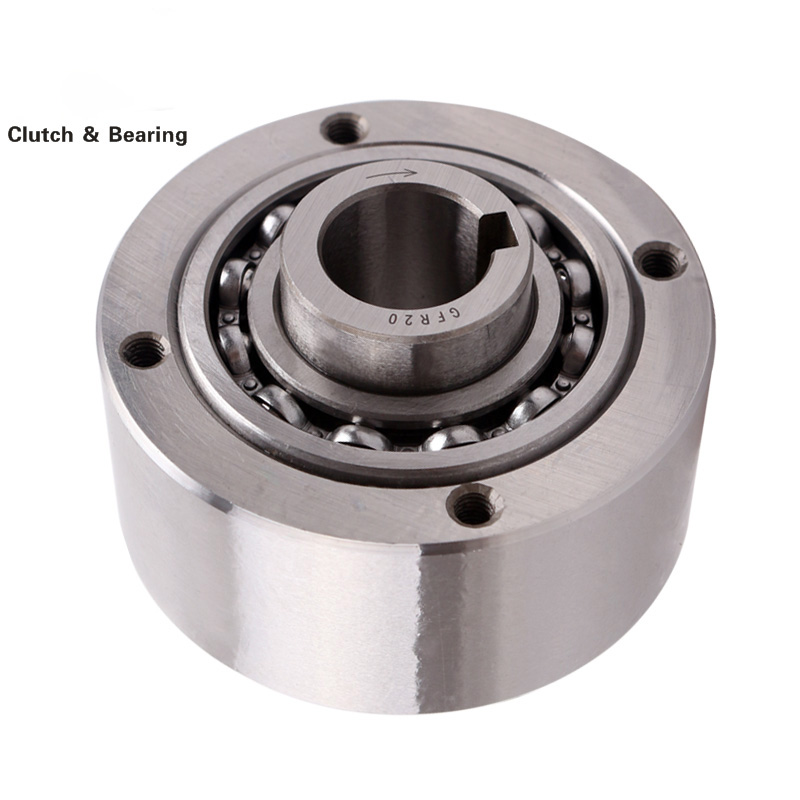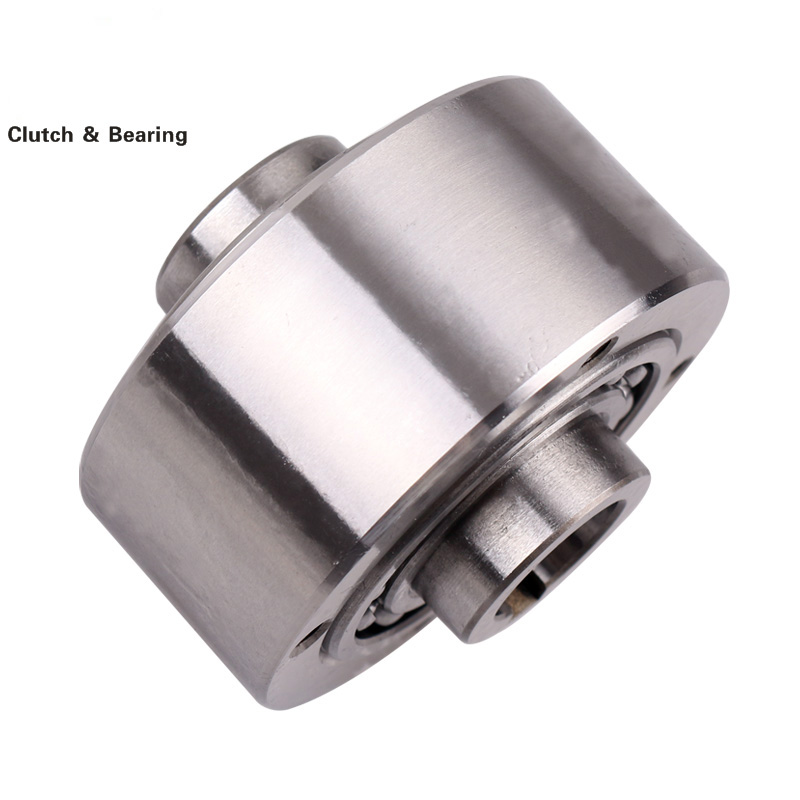There are many reasons why the belt conveyor belt runs off, and it needs to be treated differently according to different reasons.
First: Adjustment of the load-bearing idler Second: Installation of the aligning roller group Third: Adjustment of the tensioning position Adjustment of the belt tensioning position is a very important part of the belt conveyor deviation adjustment.
Fourth: Adjust the position of the drive roller and the reversing roller The adjustment of the drive roller and the reversing roller is an important part of belt misalignment adjustment. Fifth: Bi-directional operation of the belt conveyor
First: Spiral Tensioning or Hydraulic Tensioning Slipping of the Belt Tensioner The tensioning force may be increased by using a tensioning stroke when the belt tensioner of the spiral tensioned or hydraulically tensioned belt conveyor slips. However, sometimes the tensioning stroke is not enough, and the belt is permanently deformed. At this time, the belt can be cut off and re-vulcanized. Secondly: When nylon belt or EP is used, the tensioning stroke is required to be longer, and when the stroke is not enough Re-cure or increase the tension stroke to solve.
There are many reasons for the deviation, and they need to be treated differently according to different reasons.
Third: Weight hammer tension belt conveyor belt slip The use of weight belt tensioner belt conveyor belt can be added to solve the problem when the belt skid, added to the belt does not slip so far. However, it should not be added excessively so as not to subject the belt to unnecessary excessive tension and reduce the service life of the belt.
phone


First: Adjustment of the load-bearing idler Second: Installation of the aligning roller group Third: Adjustment of the tensioning position Adjustment of the belt tensioning position is a very important part of the belt conveyor deviation adjustment.
Fourth: Adjust the position of the drive roller and the reversing roller The adjustment of the drive roller and the reversing roller is an important part of belt misalignment adjustment. Fifth: Bi-directional operation of the belt conveyor
First: Spiral Tensioning or Hydraulic Tensioning Slipping of the Belt Tensioner The tensioning force may be increased by using a tensioning stroke when the belt tensioner of the spiral tensioned or hydraulically tensioned belt conveyor slips. However, sometimes the tensioning stroke is not enough, and the belt is permanently deformed. At this time, the belt can be cut off and re-vulcanized. Secondly: When nylon belt or EP is used, the tensioning stroke is required to be longer, and when the stroke is not enough Re-cure or increase the tension stroke to solve.
There are many reasons for the deviation, and they need to be treated differently according to different reasons.
Third: Weight hammer tension belt conveyor belt slip The use of weight belt tensioner belt conveyor belt can be added to solve the problem when the belt skid, added to the belt does not slip so far. However, it should not be added excessively so as not to subject the belt to unnecessary excessive tension and reduce the service life of the belt.
phone
CLUTCH RELEASE BEARING
A clutch release bearing unit engages and disengages the clutch, via the diaphragm spring and pressure plate. It includes
provisions to guide the fork or Piston radially.
Our compact design combines a precision sheet metal bearing unit and polymer sleeve or carrier, for manual gearbox applications against a dry clutch. We offer multiple designs with inner or outer ring rotation for a variety of applications.
The units are designed to account for many constraints, including: automated manual transmission or dual clutch transmission. higher operating temperature; and increased application loads.
provisions to guide the fork or Piston radially.
Our compact design combines a precision sheet metal bearing unit and polymer sleeve or carrier, for manual gearbox applications against a dry clutch. We offer multiple designs with inner or outer ring rotation for a variety of applications.
The units are designed to account for many constraints, including: automated manual transmission or dual clutch transmission. higher operating temperature; and increased application loads.
Specification
|
MODEL
|
70x116.6x27mm Japan Original Auto Clutch Release Bearing CT70B
|
|
MOQ
|
1PCS
|
|
Guarantee
|
50,000km or 1 year
|
|
Type
|
Brand new Type
|
|
Price
|
Factory Price
|
|
Brand
|
SEMRI
|
|
Aftermarket
|
Oem Replacement
|
|
Size
|
Same as original
|
|
Package
|
1.one pcs one box
2.White box and carton 3.Customer brand design |
Reference Items of clutch release bearing :
|
NO.
|
NSK NO.
|
KOYO NO.
|
NTN NO.
|
NACHI NO.
|
|
VKC3581
|
24TK308E1U3
|
RCT356SA8
|
FCR48-11/2E
|
55SCRN41P-6
|
|
VKC3584
|
35TMK29C1
|
RCT356SA9
|
FCR47-8-4/2E
|
55TMK09-1
|
|
VKC3588
|
50TKB3504BR
|
RCTS33SA1
|
FCR44-9/2E
|
55TMK804
|
|
VKC3592
|
50TKB3501BR
|
RCTS33SA3
|
FCR44-36-1/2E
|
55TRK30W1
|
|
VKC3598
|
50TKA3805
|
RCT363SA
|
FCR44-25-4/2E
|
60SCRN033
|
|
VKC3600
|
33TKD03U3
|
RCT371SA
|
CT52A-1
|
60SCRN31P
|
|
VKC3602
|
50TKA3305R
|
RCT37SA1
|
63TNK001
|
60SCRN31P-6
|
|
VKC3606
|
48TKB3204R
|
RCT38SLI
|
60TMK20
|
70TNK-1
|
|
VKC3607
|
48TKB3202
|
RCT40
|
55TRK30A/2E
|
BC11S3
|
|
VKC3609
|
48TKA3301
|
RCT401SA
|
55TMK804
|
|
|
VKC3610
|
48TKA3214
|
RCT4064SL1
|
55TK30A
|
|
|
VKC3615
|
48TKA3211B
|
RCT4067A2RS
|
40TMK29
|
|
|
VKC3675
|
48TKA3210
|
RCTS355SA
|
40TMK20
|
|
|
VKC3616
|
48TKA3201
|
RCT4075-1S
|
|
|
|
VKC3666
|
35TMK29B2
|
RCT40SA3
|
|
|
|
VKC3668
|
47TKB3102B
|
RCT422SA1
|
|
|
|
VKC3617
|
47TKB3101
|
RCT45-1S
|
|
|
|
VKC3618
|
47TKB3001A
|
RCT473SA
|
|
|
|
VKC3621
|
47TKB2901UN3S
|
RCT55B
|
|
|
|
VKC3622
|
45TKD07U3
|
RCTS28SA
|
|


Clutch Bearing,Auto Clutch Release Bearing,Clutch Release Bearing,Clutch Bearing For Auto
Shijiazhuang Longshu Mechanical & Electrical Equipment Trading Co., Ltd. , https://www.longsbearings.com